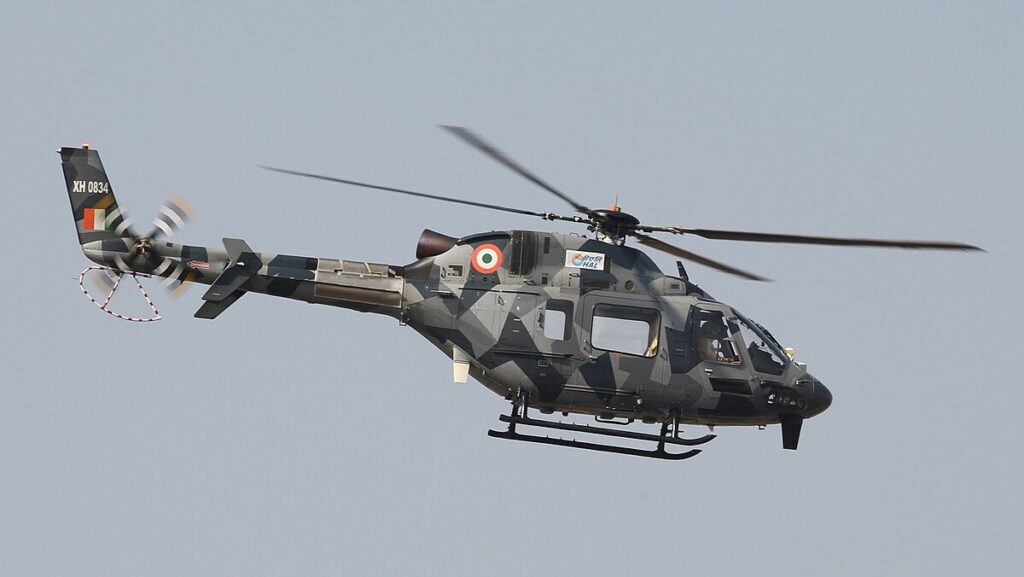The Indian Army is set to replace its aging Cheetah and Chetak helicopters with 126 new Light Utility Helicopters (LUH) from Hindustan Aeronautics Limited (HAL). This move is part of a broader aviation modernisation plan and aims to improve operations in high-altitude areas.

Indigenous Design for Tough Terrain
The LUH, developed by HAL’s Rotary Wing Research and Design Centre, is a 3-tonne category, single-engine helicopter built to perform in the harsh Himalayan environment. With a top speed of 235 km/h, a service ceiling of 6,500 metres, and a range of 350 km, it is well-suited for missions such as reconnaissance, transport, and casualty evacuation in regions like Siachen and Eastern Ladakh.
Enhanced Technology and Performance
Equipped with a modern glass cockpit, advanced rotor systems, and a powerful Shakti-1U engine co-developed with Safran (France), the LUH promises agility and performance in extreme conditions. It is designed to meet the Army’s demanding operational standards.
Urgent Need for Replacement
The Army currently operates around 190 Cheetah and Chetak helicopters, many of which are over 30 years old and based on 1960s French designs. These outdated aircraft face increasing maintenance and safety concerns, making the induction of LUHs critical.
Project Revival After Delays
The LUH programme faced earlier delays due to issues with flight control systems and autopilot software from a foreign vendor. These have now been resolved, and HAL has completed integration of the required software. Technical guidance was also sought from a Netherlands-based lab to ensure the aircraft meets international standards.
Initial Production and Scaling Up
HAL has already manufactured six LUHs as part of the initial batch. The Army’s order for 126 helicopters forms part of a larger plan to procure 225 LUHs for the Indian Armed Forces, strengthening the country’s indigenous defence manufacturing goals under the Aatmanirbhar Bharat initiative.
Strategic Impact
Once inducted, these helicopters will boost the Army’s logistical, surveillance, and high-altitude operational capabilities, especially along sensitive borders like the Line of Actual Control (LAC) with China and the Line of Control (LoC) with Pakistan.
